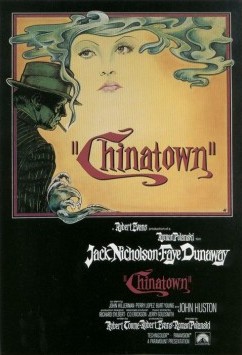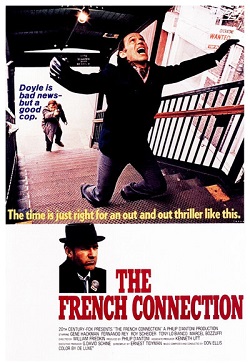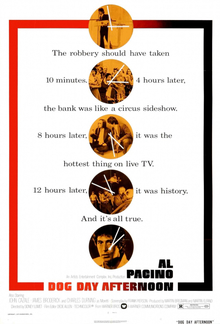
DIRECTOR(S): Dario Argento SCREENPLAY: Dario Argento, Daria Nicolodi CAST: Jessica Harper, Stefania Casini, Flavio Bucci, Miguel Bosé, Barbara Magnolfi, Udo Kier, Joan Bennett, Aida Vallli DISTRIBUTOR: International Classics Inc. RUNTIME: 97 min. RATING: R YEAR: 1977
Dario Argento has always been a point of interest for me--partly because of the great critical acclaim he has received over the years as a giallo filmmaker, but also because I had never seen, besides snippets of Tenebre and Deep Red, a full Argento film in its entirety. While I was discussing what directors to follow up on in this month and a half study with my mentor, Argento's name came up and, happily, I agreed I would begin an Argento retrospective after I had completed my half-assed study of New German Cinema. A free upload of the film on Netflix later, however, tempted me far too much to wait another week, and so I saw Suspiria late at night in my cramped room...
Dario Argento's 1977 classic is a visual feast, an incredibly realized, insanely artful evocation that masks its incredible aesthetics in a self-reflexive and even campy development of plot and character. Anyone, I think, who complains about its hilarious writing and campy cookie-cutter characters is missing the point; Suspiria's magistery is in its images, and their construction. Take the film's most famous sequence, a four minute freak-show involving Pat (a ballet student expelled from the school that the main protagonist, Suzy, plans on attending) in her friend's home: the pictorial elements interlock at various points while becoming independent from each other as the wallpaper nears the room's window. Pat is hung from a telephone wire and violently thrust through the stained glass ceiling of the apartment complex; the falling glass, in turn, slices Pat's friend to death. The shattered glass, Pat's dangling corpse and her dribbling blood become glorious elements of the apartment building's already phenomenal artificiality.
Argento's mise-en-scene is always manipulated, exploited, so to speak, to create his synthetic over-glow of haunting red colors or overtones. This artificiality is the crux of Suspiria, a film that is scary as hell not because of its characters, but simply because of this isolating synthetics. The delirious Goblin composition that accompanies the film brings to mind the sounds of a little girl's ballerina music box--or just plain craziness. It's also annoying as hell, and that's the point: Suspiria is all about affecting the aesthetic response, a stab at the viewer to respond to what's going on no matter what.





